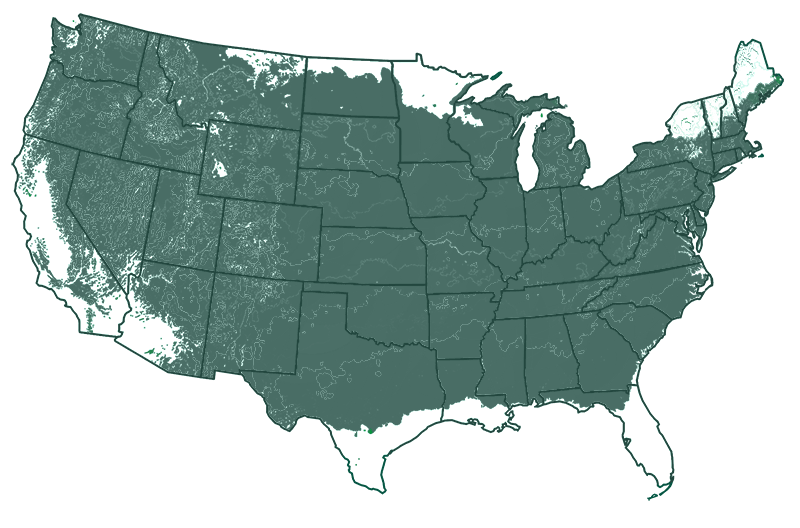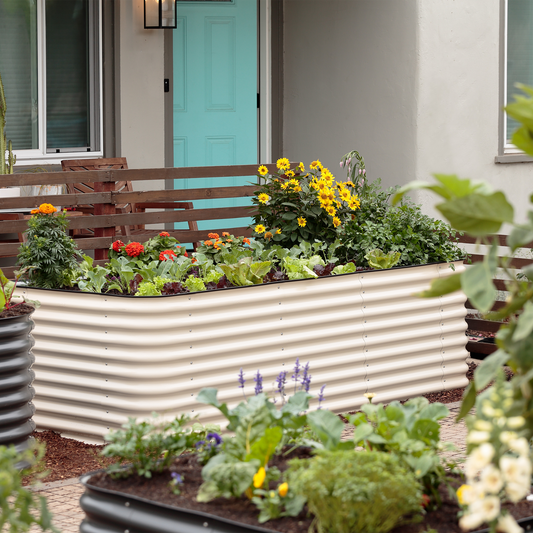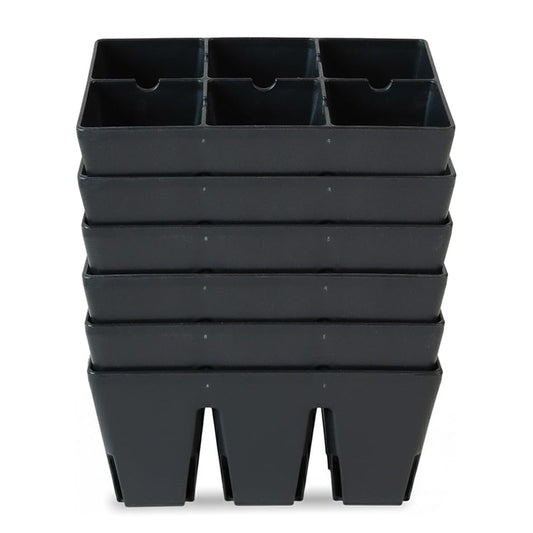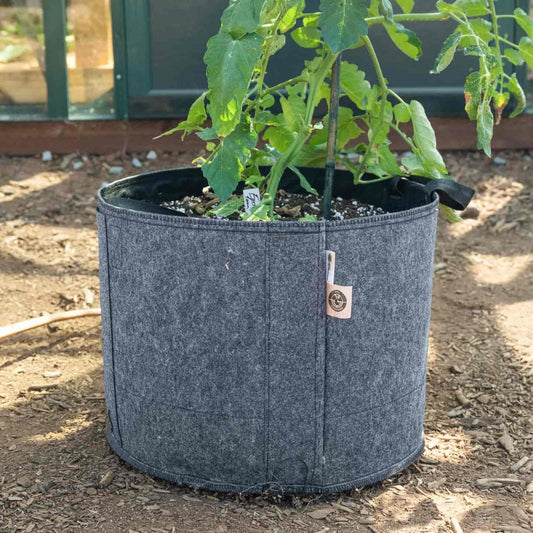
Pink Lemonade Blueberry
View More Planting Info
Blueberries grow best when planted in full sun, receiving at least 6 hours of direct sunlight per day. They can also handle partial shade, albeit with lower yield. The soil should be acidic, preferably with a pH of around 4.5. If your soil pH exceeds 5.5, amend the soil before planting to lower the pH. When you’re planting multiple blueberries, space them around 5 feet apart to accommodate their mature width without overcrowding. Dig a hole twice as wide and the same depth as the root ball. Place the bush in the hole and backfill with soil, tamping down gently to remove air pockets. Water thoroughly to settle the soil around the roots. Apply a layer of mulch around 3-4 inches thick around the base after planting.
Sunlight:
Plant in full sun or partial sun, aiming for around 5-6 hours of direct sunlight per day.
Watering:
Water regularly until the roots are established, slowing watering to around once per week after that.
Fertilizing:
Feed annually in spring with a fertilizer formulated for acid-loving plants.
- Product Info
- Care and Maintenance
- Planting Care
- Growing Zone
Product Info
Mature Height: 4-5 ft.
Mature Width: 4-5 ft.
Sunlight: Full Sun
Growth Rate: Moderate
Does Not Ship To: AZ, CA, HI, OR, WA
Care and Maintenance
Watering: Water deeply twice per week after planting, ensuring the soil is well-draining. Gradually decrease watering to once a week as the plant becomes established. Potted blueberries will require more frequent watering than in-ground blueberries.
Fertilizing: Fertilize every year in spring with a fertilizer formulated for acid-loving plants. Apply according to packaging instructions to avoid overfertilizing.
Pruning: Blueberry bushes don’t require much pruning soon after planting. In the second or third year, cut back damaged or diseased branches annually in winter to promote new, healthy growth and manage size.
Pests and Diseases: Blueberries aren’t prone to many pest and disease issues, but the berries are targets for birds and small animals. Use netting to protect the fruits as they ripen. Monitor for powdery mildew and treat accordingly.
Pollination: Pink Lemonade will produce fruits without a second pollinator plant, but can have increased yields if two or more are planted nearby.
Harvesting: Start picking your blueberries around mid-summer as they ripen to a darker pink. Pick gently to avoid damage, and refrigerate immediately after picking.
Recovery Time: Transitioning from our nursery to your home can be a bit of a shock to your plant. A short acclimation period helps it recover and reduces stress.
Climate Adjustment: Every environment is unique. Giving your plant time to adjust to the local climate, humidity, and light conditions in a shady spot will set it up for better growth and health.
How to Acclimate Your Plant: Keep the plant in its container and place it in a shady, sheltered area away from high winds. Ensure it's watered adequately – the soil should be moist but not waterlogged. Monitor the plant for any signs of distress and allow it to adjust for a few days before planting. After a few days of acclimation, your plant will be better prepared to thrive in its new home for years to come.
Planting Care
Sunlight: Plant in full sun or partial sun, aiming for around 5-6 hours of direct sunlight per day.
Watering: Water regularly until the roots are established, slowing watering to around once per week after that.
Fertilizer: Feed annually in spring with a fertilizer formulated for acid-loving plants.
Growing Zone
Growing Zone 4-8

Fruit Trees & Bushes Delivered to Your Doorstep
Unpack, Plant and Grow!










